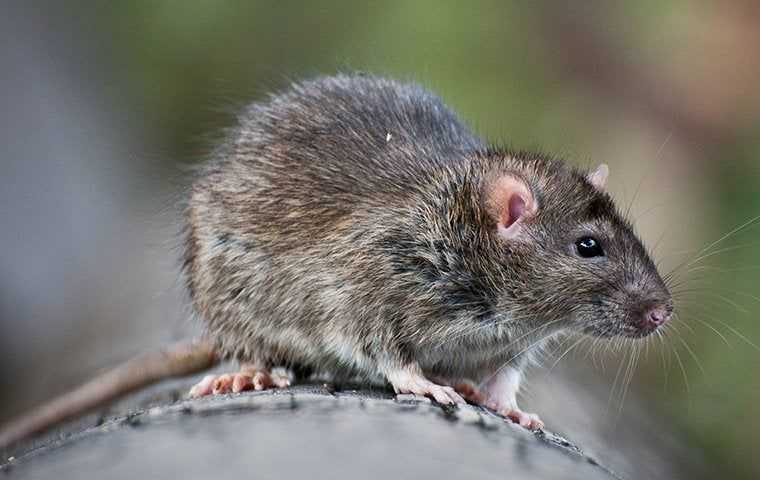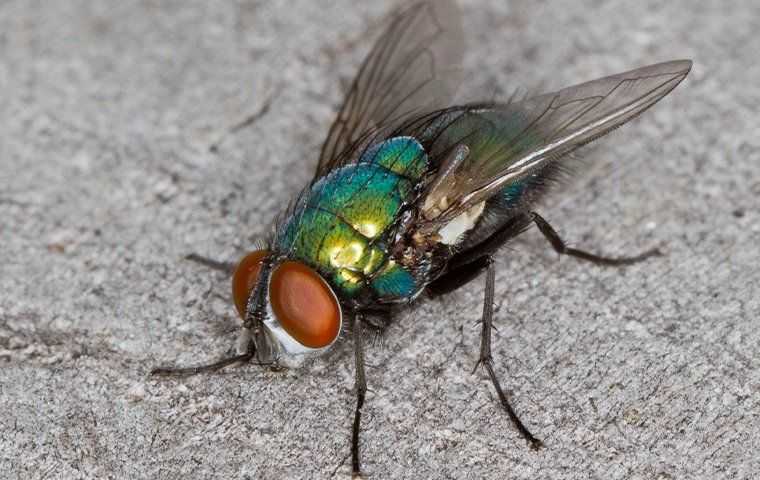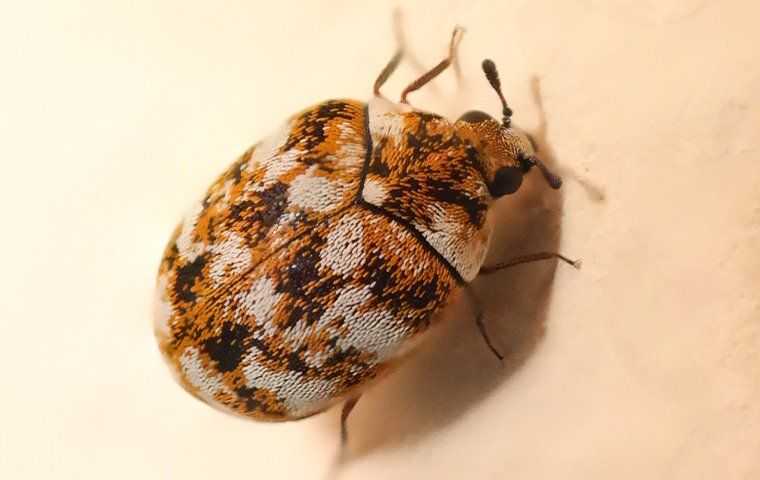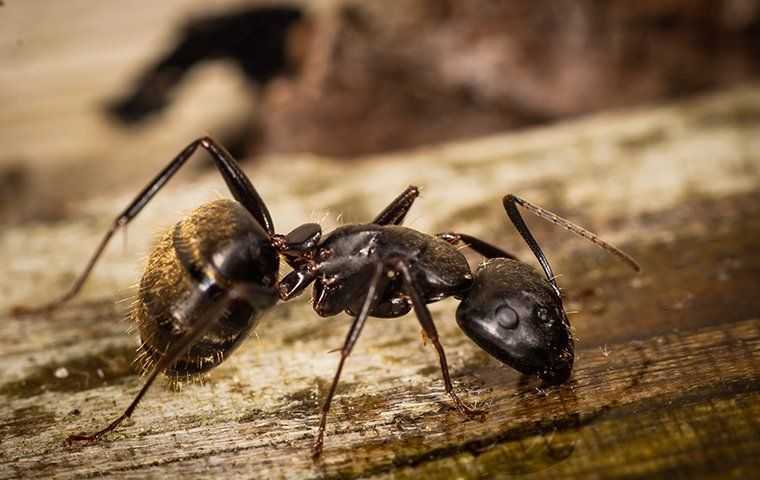Norway Rat Identification & Prevention
Frequently Asked Questions About Norway Rats

What are Norway rats?
Large, heavy-bodied rodents, Norway rats are common invaders of our residential and commercial properties. Adults grow up to 9 ½ inches in length. Their scaley tail is shorter than the combined length of their head and body. The tail adds about six to eight inches to their total body length. Norway rats have brown fur with black hairs scattered throughout it, covering the top of their body; lighter fur covers their belly. A blunt nose, small ears, and black protruding eyes round out their physical features.
Belonging to the order Rodentia means that Norway rats and all other rodents have front incisors that continuously grow throughout their lifetime. In order to stop their large front teeth from overgrowing, they constantly gnaw on objects they come across, causing significant damage to things in or around our homes.
Are Norway rats dangerous?
The ability to spread disease, contaminate food, and damage property makes Norway rats a dangerous pest. As Norway rats move about your home, they will contaminate the food they come across and surfaces they come into contact with- spreading bacteria and other pathogens that make people ill.
When living inside homes or other structures, Norway rats are able to cause a lot of damage by chewing on:
- Wires
- Pipes
- Drywall and insulation
- Floors
- Furniture
- Clothing, pictures, and other personal items.
Rats are nocturnal, colorblind, and in general, have poor eyesight. To help them find their way from their nest to food sources, they follow the same path each day. This habit causes them to leave grease marks on walls and furniture as they travel.
Why do I have a Norway rat problem?
Like many species of rodents, over time, Norway rats have come to rely on people for some of their food and shelter needs. Properties with open trash cans, gardens, compost areas, bird feeders, and pet food have the potential to attract foraging Norway rats.
Most of the year, Norway rats live outside. However, when food sources become few and far between, usually in the late fall, they move inside looking for food. It is important to note that despite their large body size, Norway rats only need a space half an inch in diameter to enter inside a home or other building!
Where will I find Norway rats?
Norway rats live outside, nesting in fields, farmlands, gardens, garbage piles, along riverbanks, and under concrete slabs.
If they decide to move inside to search for food or to escape harsh weather conditions, Norway rats nest in the basement, crawl spaces, and behind walls voids. They usually stay at or close to ground level.
How do I get rid of Norway rats?
Acquiring help from a professional Elizabeth City pest control expert is the best way to eliminate Norway rats and keep them from returning. At Albemarle Termite & Pest Control, our technicians are highly trained and dedicated to providing safe and effective pest control services that are affordable. We are a local, family-owned home pest control company whose number one priority is putting our customers first and exceeding expectations. For home or business owners looking to eliminate pests from their property once and for all, call Albemarle Termite & Pest Control today!
How can I prevent Norway rats in the future?
Some pests are not just a nuisance; they pose potential health risks and are capable of greatly damaging property. Avoid problems with Norway rats with the help of the following prevention tips.
- Repair cracks and crevices found in your home’s foundation and exterior walls.
- Use steel wool to seal spaces around utilities (pipes, wire, and ducts).
- Install door sweeps on exterior doors.
- Place wood piles away from the outside of your home.
- Remove overgrown vegetation that has grown close to your home’s exterior walls.
- Fill in ground holes along your home’s foundation.
- Keep tight-fitting lids on trash cans, recycling bins, and compost bins.
- Remove bird feeders from your yard.
- Pick-up uneaten pet food.
Setup Hassle Free Evaluation
Complete the form below to schedule your no obligation inspection.





